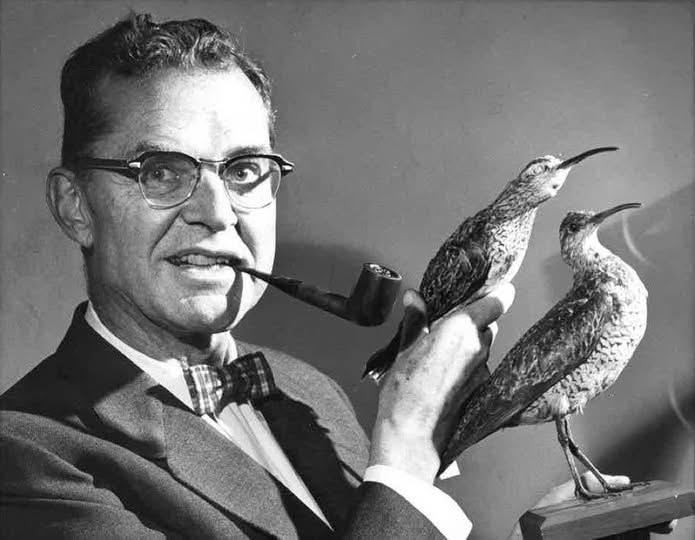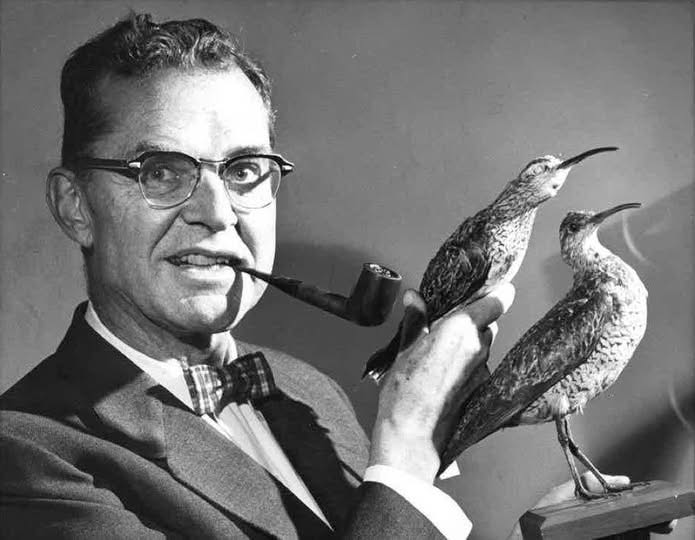Mildly interesting
-

"Sealed by a landslide for 21,000 years, the Chauvet Cave’s walls pulse with the oldest known paintings—lions, rhinos, and galloping horses frozen in torchlight. A time capsule from the Ice Age, untouched until 1994. Who else feels the whisper of Paleolithic genius? Artists scraped walls clean before painting and used torch flicker to make beasts appear to move—proto-cinema 30,000 years early!

 #ChauvetCave #FirstArtists"
#ChauvetCave #FirstArtists"
In 1994, three French speleologists squeezed through a narrow cliffside tunnel near the Ardèche River—and stumbled into a cathedral of prehistoric art. The Chauvet Cave’s walls, preserved by a perfectly timed landslide around 19,000 BCE, bore over 400 animals painted with charcoal and ochre: stampeding woolly rhinos, dueling cave lions, even a 10-meter-long panel of horses flowing like a Paleolithic filmstrip.
Radiocarbon dating shocked the world: these were twice as old as Lascaux, painted when Neanderthals still roamed Europe. The artists used cave contours to create 3D effects (a bison’s head emerging from a rock bulge), and footprints of an 8-year-old child—perhaps an apprentice—remain fossilized in the clay. -

Ian Fleming, who was a keen bird watcher living in Jamaica, was familiar with ornithologist James Bond's book "Birds of the West Indies," and chose the name of its author for the hero of "Casino Royale" in 1953, apparently because he wanted a name that sounded "as ordinary as possible." Fleming wrote to the real Bond's wife, "It struck me that this brief, unromantic, Anglo-Saxon and yet very masculine name was just what I needed, and so a second James Bond was born. In return,'' Fleming wrote, ''I can only offer you or James Bond unlimited use of the name Ian Fleming for any purposes you may think fit. Perhaps one day your husband will discover a particularly horrible species of bird which he would like to christen in an insulting fashion by calling it Ian Fleming.'' He also contacted the real James Bond about using his name in the books, and Bond replied to him, "Fine with it."
At some point during one of Fleming's visits to Jamaica, he met the real Bond and his wife, as shown in a made-for-DVD documentary about Fleming. A short clip was shown with Fleming, Bond and his wife. Also in his novel "Dr. No", Fleming referenced Bond's work by basing a large ornithological sanctuary on Dr. No's island in the Bahamas.
In 1964, Fleming gave Bond a first edition copy of "You Only Live Twice" signed, "To the real James Bond, from the thief of his identity." In December 2008 the book was put up for auction, eventually fetching $84,000. (Wikipedia/New York Times)
Happy Birthday, James Bond!


-
The comment "Ronnie Coleman is not human". I wonder what % is steroids? 555
-
The comment "Ronnie Coleman is not human". I wonder what % is steroids? 555
@taiwan_girl said in Mildly interesting:
The comment "Ronnie Coleman is not human". I wonder what % is steroids? 555
He was obsessed with bodybuilding. Obviously, steroids are necessary to look like that. He's paying the price these days. I don't think he can walk anymore. He still lifts, though. As I said, he's truly obsessed.
-
Read the general info about him on Wiki. 60 years old and in a wheelchair. Sad, but apparently, he has no regrets.
I imagine his heart is in pretty bad shape also. Seems like a lot of those people who use steroids a lot time end up with heart problems.
-

When Johanna “Jo” van Gogh married Theo van Gogh, she couldn’t have imagined she’d change art history. Within two years, both her husband and his brother Vincent were gone—one to illness, the other to despair.
Left a widow at 28 with an infant son and hundreds of unsold paintings by a little-known artist, Jo could’ve walked away. Vincent had sold almost nothing during his lifetime. Critics had dismissed him. To most, the paintings were worthless.
But Jo saw more than just canvas and paint—she saw Vincent’s soul in every brushstroke. She read his letters, filled with hope, suffering, and passion, and knew his story had to be told.
She moved back to the Netherlands, ran a boarding house to survive, and began quietly organizing exhibitions. More importantly, she shared the letters between Vincent and Theo—revealing a mind full of brilliance, not madness. Slowly, the world began to listen.
In 1905, Jo curated the first major Van Gogh retrospective in Amsterdam. It changed everything. Critics reevaluated him. Museums began acquiring his work. His name spread far beyond Europe.
Today, Vincent van Gogh is one of the most celebrated artists in history. But it was Jo who made that possible. Her quiet resolve turned obscurity into immortality. Without her, the world may have never seen Starry Night or Sunflowers. Her story reminds us: legacies are often built not just by those who create—but by those who believe.
#WomenInHistory #ArtThatEndures
~Old Photo Club -


How did Revolutionary War artillerymen know how to fire a cannon? We recently acquired for our collections an example of one of the tools they used: a pair of gunner’s calipers. Engraved with a ruler and specifications on different cannons and shot, calipers helped artillerymen measure the bore of a cannon and diameter of cannonballs, determine the appropriate size shot and amount of gunpowder, and even estimate a gun’s range—for use on both land and sea. This brass example was made in 1776 by Addison Smith of London, England.
-


How did Revolutionary War artillerymen know how to fire a cannon? We recently acquired for our collections an example of one of the tools they used: a pair of gunner’s calipers. Engraved with a ruler and specifications on different cannons and shot, calipers helped artillerymen measure the bore of a cannon and diameter of cannonballs, determine the appropriate size shot and amount of gunpowder, and even estimate a gun’s range—for use on both land and sea. This brass example was made in 1776 by Addison Smith of London, England.
@Mik That is quite cool. Kind of like a slide rule or abacus for cannon shooting.
-

When Johanna “Jo” van Gogh married Theo van Gogh, she couldn’t have imagined she’d change art history. Within two years, both her husband and his brother Vincent were gone—one to illness, the other to despair.
Left a widow at 28 with an infant son and hundreds of unsold paintings by a little-known artist, Jo could’ve walked away. Vincent had sold almost nothing during his lifetime. Critics had dismissed him. To most, the paintings were worthless.
But Jo saw more than just canvas and paint—she saw Vincent’s soul in every brushstroke. She read his letters, filled with hope, suffering, and passion, and knew his story had to be told.
She moved back to the Netherlands, ran a boarding house to survive, and began quietly organizing exhibitions. More importantly, she shared the letters between Vincent and Theo—revealing a mind full of brilliance, not madness. Slowly, the world began to listen.
In 1905, Jo curated the first major Van Gogh retrospective in Amsterdam. It changed everything. Critics reevaluated him. Museums began acquiring his work. His name spread far beyond Europe.
Today, Vincent van Gogh is one of the most celebrated artists in history. But it was Jo who made that possible. Her quiet resolve turned obscurity into immortality. Without her, the world may have never seen Starry Night or Sunflowers. Her story reminds us: legacies are often built not just by those who create—but by those who believe.
#WomenInHistory #ArtThatEndures
~Old Photo Club -

When Johanna “Jo” van Gogh married Theo van Gogh, she couldn’t have imagined she’d change art history. Within two years, both her husband and his brother Vincent were gone—one to illness, the other to despair.
Left a widow at 28 with an infant son and hundreds of unsold paintings by a little-known artist, Jo could’ve walked away. Vincent had sold almost nothing during his lifetime. Critics had dismissed him. To most, the paintings were worthless.
But Jo saw more than just canvas and paint—she saw Vincent’s soul in every brushstroke. She read his letters, filled with hope, suffering, and passion, and knew his story had to be told.
She moved back to the Netherlands, ran a boarding house to survive, and began quietly organizing exhibitions. More importantly, she shared the letters between Vincent and Theo—revealing a mind full of brilliance, not madness. Slowly, the world began to listen.
In 1905, Jo curated the first major Van Gogh retrospective in Amsterdam. It changed everything. Critics reevaluated him. Museums began acquiring his work. His name spread far beyond Europe.
Today, Vincent van Gogh is one of the most celebrated artists in history. But it was Jo who made that possible. Her quiet resolve turned obscurity into immortality. Without her, the world may have never seen Starry Night or Sunflowers. Her story reminds us: legacies are often built not just by those who create—but by those who believe.
#WomenInHistory #ArtThatEndures
~Old Photo Club@Mik said in Mildly interesting:

I doubt there would be a noticeable difference…
While the story is great, and art is to be celebrated, and some art truly was inspirational and aspirational, I don’t necessarily find Van Gough to be among those pieces. It can certainly be personal and affect people on a small and individual scale but on the macro? I doubt it.
-
Yes, I am sure that Canada will be a big decrease.
However, it would have been nice if the graph above was on teh same scale on both sides. For example, the countries on the bottom half, it looks like the tourists decreased as the line goes down, but they actually increased.





